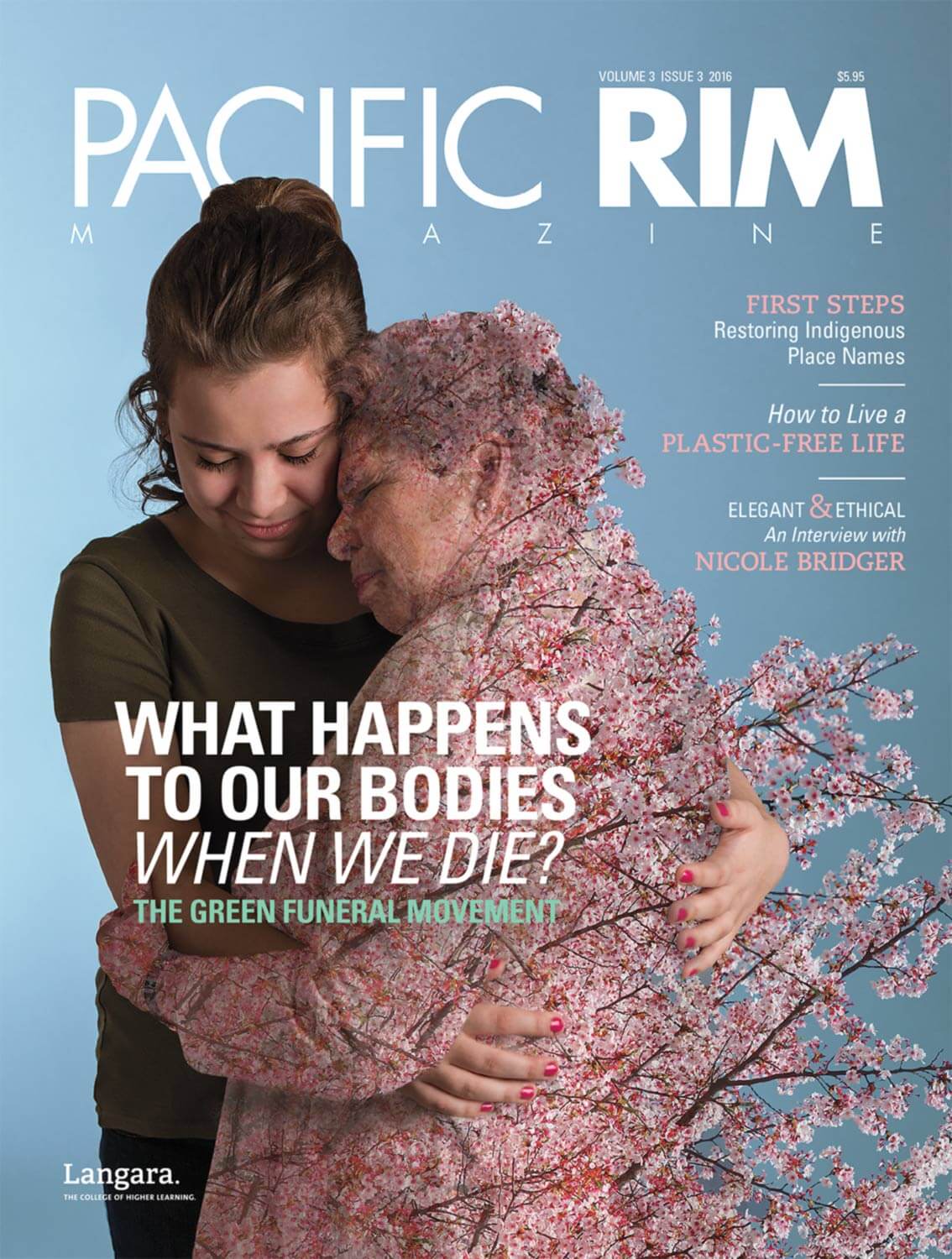“Every piece of plastic ever created is still in existence somewhere in the world,” explains Angela Sun in her documentary, Plastic Paradise: The Great Pacific Garbage Patch. If plastic does not disappear, where does it go? Plastic trash, in various forms, often finds its way to one of the five garbage patches in the world’s oceans—the Great Pacific Garbage Patch (GPGP) being the most well known. Discovered in 1997, the GPGP has a surface area twice the size of Texas, and is located in international waters between Hawaii and California.
Although large pieces of plastic are the most visible sign of pollution in the GPGP, it is the fine particles known as microplastics that pose the bigger threat. Microplastics are plastic particles that are smaller than one millimetre, created by the disintegration of larger plastics. These small particles act as sponges for persistent organic pollutants: synthetic chemicals known to be carcinogenic and to cause endocrine disruptions. When an animal ingests microplastics—mistaking them for food—these chemicals are absorbed into the animal’s tissue and carried through the food chain. These particles eventually work their way up to human consumption.
Sun, an advocate for cleaning up the GPGP, believes that part of the solution lies in people, “coming together and making a tangible change, not just consumer change, but also to hold plastic producers accountable.” Sun adds that legislation is required in order to make it mandatory for producers to implement more responsible business practices. Only legislative government authority can hold companies accountable for the products they use.
One way of creating change in the plastics industry, as proposed by Kai Chan, PhD, associate professor at the University of British Columbia, is an eco tax on non-biodegradable plastics. The tax dollars generated through the purchase of an eco-taxed product would go towards researching possible solutions for the GPGP. Higher prices may also lead to decreased sales of eco-taxed products, pushing plastic producers to find alternative products.
Another option proposed by Sun is legislation against the use of damaging plastics and harmful chemicals in consumer products. For example, the State of California passed Bill 888 in 2015 to ban the use of microbeads in cosmetic products. The legislation will not go into effect until 2020, but it has set a precedent and is a step in the right direction. Regulations are currently being drafted for Canada’s nationwide ban on microbeads in cosmetics. The manufacturing and importing of these products will cease in 2017, and sales will stop in 2018.
Chan adds that, “most people don’t actually experience the Great Pacific Garbage Patch in any real way. It’s been relatively easy for folks to ignore.” Thanks to movies like Sun’s, Plastic Paradise: The Great Pacific Garbage Patch, and initiatives like The Sea Bin Project and The Ocean Cleanup—that are trying to tackle this issue head-on by developing ocean clean-up technology—the GPGP is becoming increasingly difficult to ignore.










